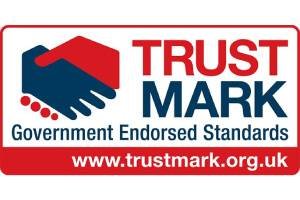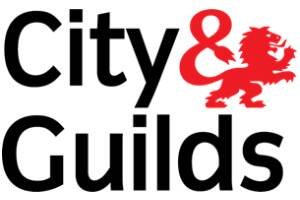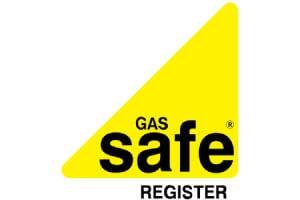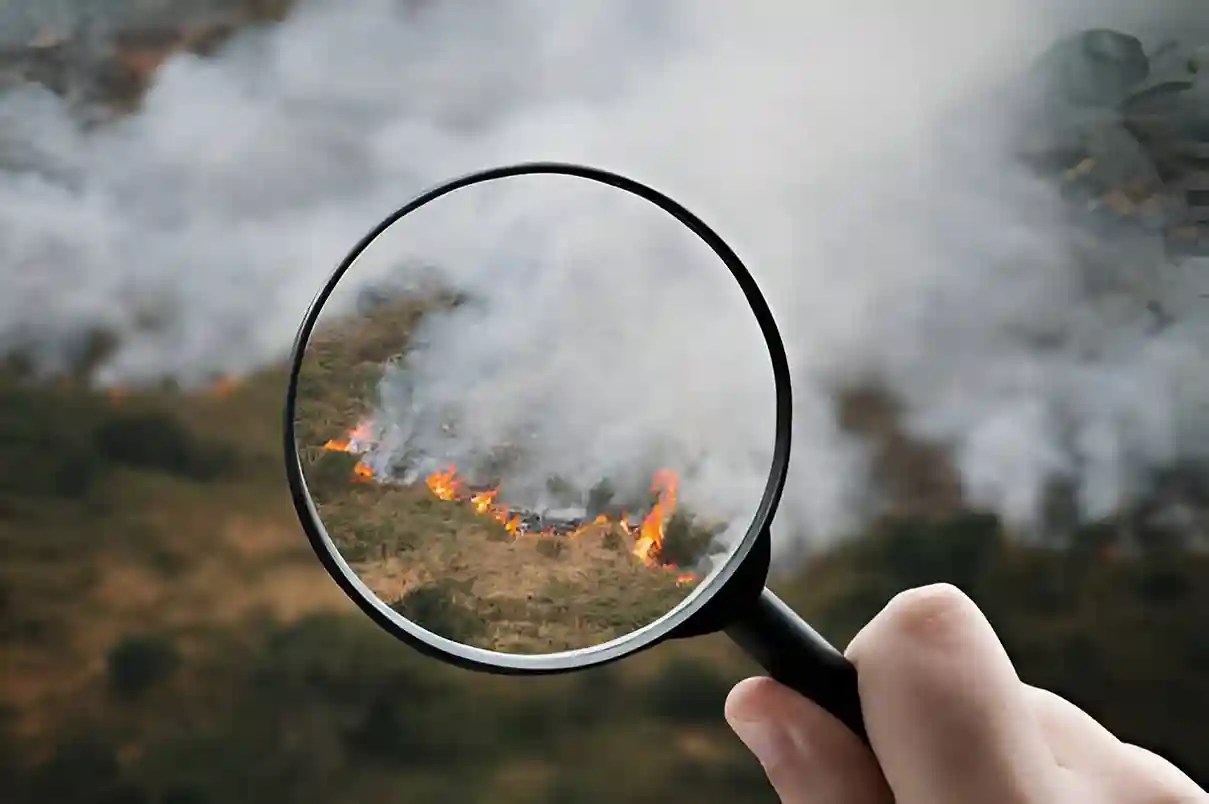
Fire risk assessments are essential for ensuring safety in various settings. There are four types, each serving a specific purpose in identifying potential hazards. Understanding these assessments is key for organisations seeking to protect lives and property. However, knowing which type to implement can be challenging. What factors should one consider in determining the appropriate assessment? The answers to these questions are imperative for effective fire risk management.
Key Takeaways
- Fire risk assessments are essential for protecting lives, property, and ensuring compliance with safety regulations.
- The four types of fire risk assessments include Visual Check, In-Depth Inspection, Common Parts Plus a Peek Inside Flats, and Full Intrusive Survey.
- Visual Checks identify obvious hazards in communal areas, while In-Depth Inspections uncover hidden dangers behind walls and structures.
- Regular reviews of fire risk assessments are mandatory, with annual evaluations recommended and comprehensive audits every three years.
- Budgeting for fire risk assessments varies, ranging from £300 for basic assessments to over £5,000 for specialised evaluations.
What Are Fire Risk Assessments and Why Do They Matter?
Although often overlooked, the various types of fire risk assessment play a significant role in shielding lives and property. These assessments systematically identify potential fire hazards, evaluating both the likelihood and potential impact of an incident. By leveraging innovative techniques and modern technologies, organisations can gain deeper insights into fire risks, empowering them to take proactive steps to minimise danger. A thorough understanding of the different types of fire risk assessment not only ensures compliance but also promotes safety and awareness among employees and stakeholders. Ultimately, these evaluations do more than fulfil legal requirements; they establish the foundation for creating effective emergency response plans and long-term fire safety strategies.
In an era of rapid technological progress, incorporating state-of-the-art tools into fire risk assessments can significantly enhance safety outcomes, enabling businesses to remain resilient against fire-related dangers.
Overview: The 4 Types of Fire Risk Assessment
Fire risk assessments can be categorised into four main types, each offering a unique approach to evaluating potential hazards.
The first type of fire risk assessment involves a visual inspection of common areas, allowing for the quick identification of obvious risks.
The second type involves a more detailed examination, often integrating technology to assess fire safety systems and structural integrity.
The third type incorporates quantitative analysis, utilising data modelling to predict potential fire incidents based on various scenarios.
Finally, the fourth type focuses on continuous monitoring, ensuring that fire safety measures evolve in response to changes in the environment or occupancy.
Together, these types of fire risk assessments provide a comprehensive framework for organisations to enhance their fire safety strategies, foster innovation, and ensure compliance with regulatory standards.
Type 1: Visual Check of Common Areas (Non-Destructive)
A visual check of common areas serves as the initial step in evaluating fire risk, as it allows for the quick identification of obvious hazards without the need for invasive procedures. This method highlights efficiency while promoting a proactive safety culture.
During this non-destructive assessment, trained professionals systematically scan communal spaces, looking for potential fire threats such as obstructed exits, malfunctioning alarms, or flammable materials in unsuitable locations.
By using technology like digital documentation tools, assessors can improve their observations and monitor compliance more efficiently.
Ultimately, this foundational assessment not only identifies immediate risks but also fosters an environment where safety is prioritised, setting the stage for more comprehensive evaluations in the future.
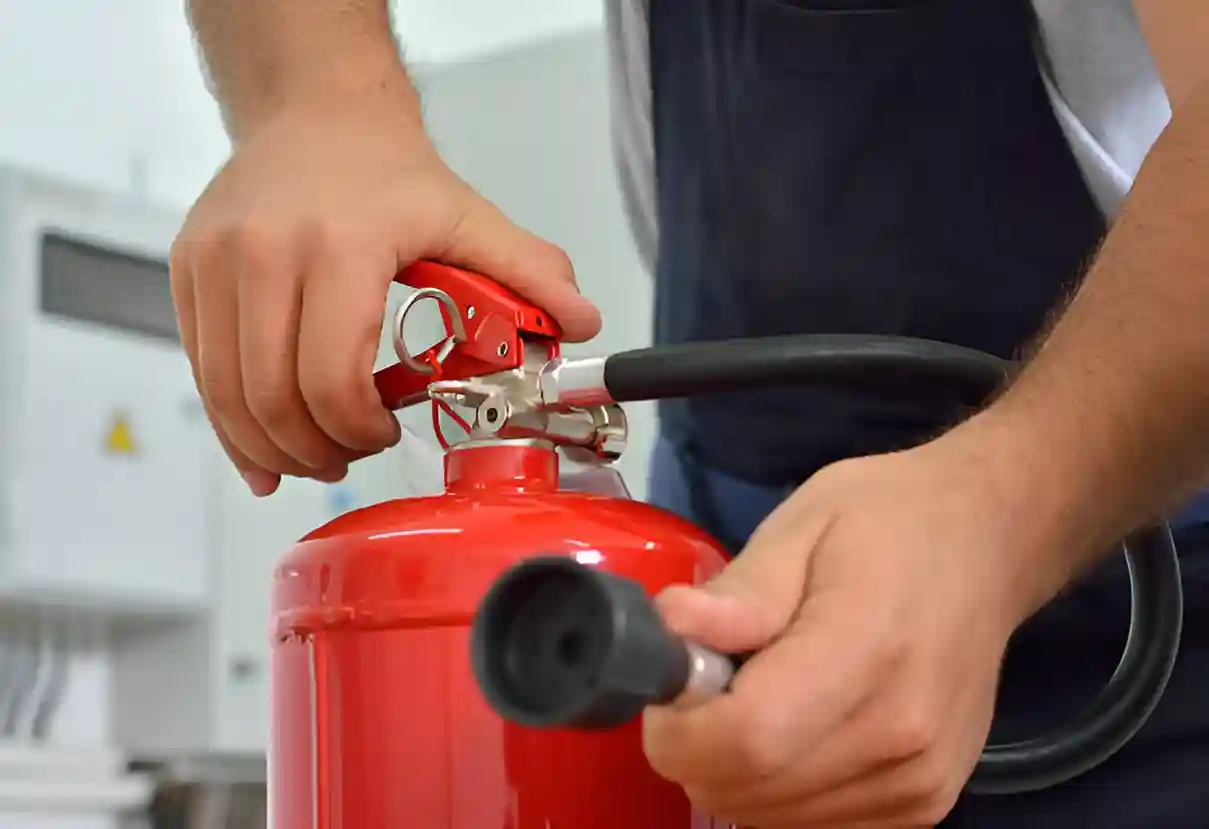
Type 2: In-Depth Inspection with Access Behind Walls (Destructive in Common Areas)
An in-depth inspection that provides access behind walls is critical for uncovering hidden fire hazards that may not be visible during a preliminary visual check. This type of evaluation utilises advanced techniques to guarantee extensive safety.
Key elements include:
- Structural Analysis: Evaluating load-bearing elements and materials that may harbour fire risks.
- Hidden Electrical Systems: Inspecting wiring and connections behind walls to identify faulty installations that may lead to fire.
- Insulation and Combustibles: Reviewing insulation materials and storage of flammable items that are often concealed from view.
Conducting this thorough examination is integral for maintaining compliance and promoting long-term safety in communal living spaces, where the risk of fire can escalate without proper oversight.
Type 3: Common Parts Plus a Peek Inside Flats (Non-Destructive)
While preliminary inspections focus on visible hazards, Type 3 assessments extend beyond common areas to include a non-destructive evaluation of flats, ensuring an extensive safety overview.
This innovative approach allows assessors to identify potential fire risks within individual units without the need for invasive methods. By utilising advanced technology, such as thermal imaging and smoke detection systems, evaluators gain insights into the fire safety status of each flat while preserving the integrity of occupants’ living spaces.
This method not only enhances compliance with safety regulations but also fosters a proactive safety culture within residential buildings.
Ultimately, Type 3 assessments are the primary tool for reducing risks and creating a safer living environment for everyone.
Type 4: Full Intrusive Survey Including Dwellings (Destructive)
Type 4 assessments represent a more comprehensive approach to fire risk evaluation, incorporating a thorough and intrusive survey of both common areas and individual dwellings.
This type of assessment is particularly beneficial for identifying hidden fire hazards that may not be visible during non-destructive evaluations.
Key elements of a Type 4 assessment include:
- Comprehensive Inspection: Structural elements and hidden spaces are thoroughly examined to ensure that no potential fire risks are overlooked.
- Destructive Testing: Materials may be tested or removed, allowing for a deeper understanding of fire safety compliance.
- Enhanced Risk Mitigation: Findings yield actionable insights, driving innovative solutions to enhance fire safety standards.
This method ultimately fosters greater safety and compliance in residential environments.
Summary Table
| Type | Inspection Method | Areas Covered | Best For |
|---|---|---|---|
| Type 1 | Non-destructive | Common parts only | Legal compliance (most buildings) |
| Type 2 | Destructive | Common parts only | In-depth checks |
| Type 3 | Non-destructive | Common + sample flats | Tenant-involved fire safety (e.g. housing associations) |
| Type 4 | Destructive | Common + sample flats | High-risk buildings or post-incident investigations |
To determine the appropriate fire risk assessment type, you require
Determining the proper type of fire risk assessment can be challenging, especially given the varying needs of different properties and environments. Organisations must first evaluate their specific circumstances, including the type of building, occupancy levels, and existing fire safety measures in place.
For instance, high-risk environments may necessitate a more thorough approach, such as a complete, intrusive survey, while lower-risk settings might only require a basic assessment. Engaging with innovative assessment tools and methodologies can enhance the accuracy and effectiveness of the evaluation process.
Additionally, consulting with fire safety professionals can provide tailored insights, ensuring that the chosen assessment type aligns with both operational needs and safety objectives.
Legal Requirements Behind Fire Risk Assessments in the UK
In the UK, understanding the legal requirements surrounding the different types of fire risk assessment is essential for property owners and employers, as compliance not only protects lives but also mitigates potential liabilities.
The Regulatory Reform (Fire Safety) Order 2005 requires responsible individuals to conduct thorough evaluations.
Key legal requirements include:
- Identification of Risks: Identifying possible fire risks on the property.
- Evaluation of Risks: Assessing the likelihood of these hazards causing harm and implementing necessary precautions.
- Documentation and Review: Maintaining clear records of the assessment and regularly reviewing its effectiveness to guarantee ongoing compliance.
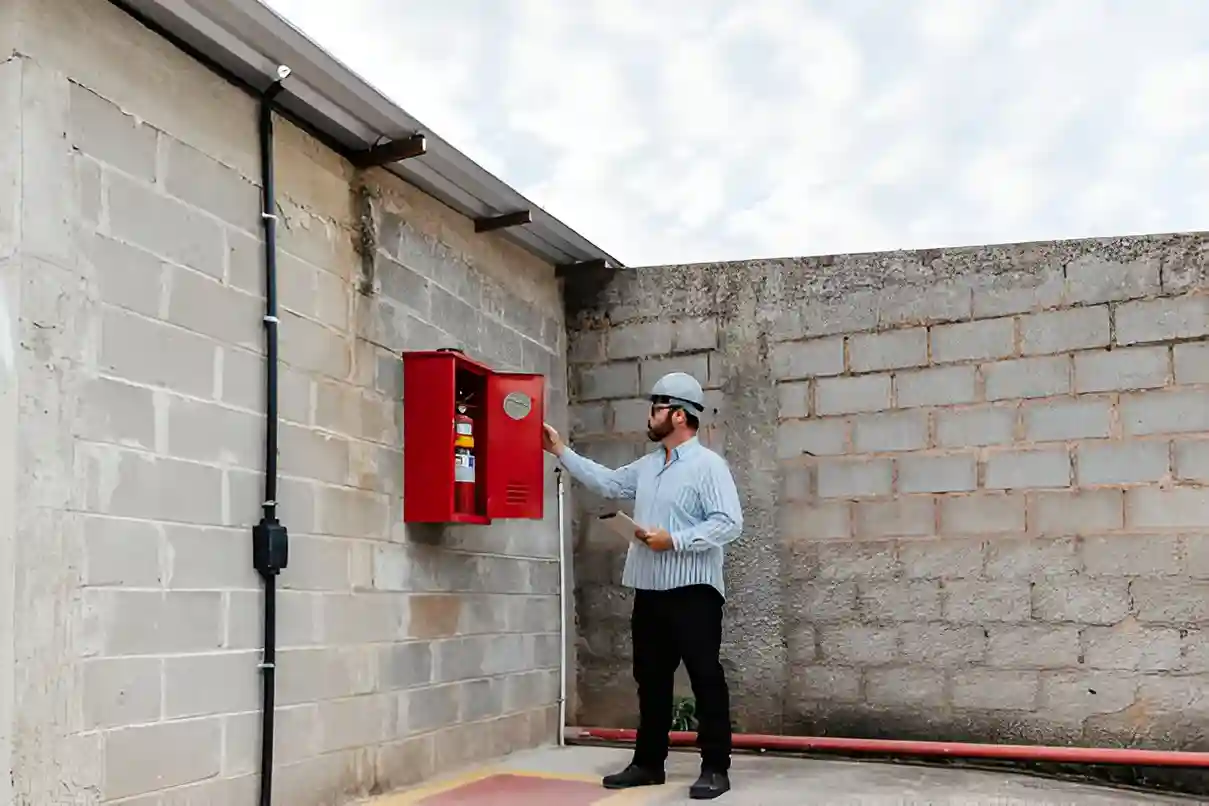
How frequently should different types of fire risk assessments be reviewed?
While the frequency of reviewing fire risk assessments can vary based on several factors, a general guideline recommends revisiting assessments annually. However, specific circumstances may necessitate more frequent evaluations. For instance, substantial changes to the premises or operations can prompt an immediate reassessment.
| Assessment Type | Recommended Review Frequency | Triggers for Early Review |
|---|---|---|
| Basic Assessment | Annually | Major structural changes |
| Thorough Audit | Every 3 years | New regulations or technologies |
| Dynamic Risk Assessment | Bi-annual | Significant workflow alterations |
Understanding the Costs of the Four Fire Risk Assessment Types: A Budgeting Guide
Understanding the costs associated with different types of fire risk assessments is essential for effective budgeting and compliance. Each assessment type has unique financial implications that organisations should consider:
- Basic Fire Risk Assessment: Typically ranges from £300 to £1,000, suitable for smaller businesses or low-risk environments.
- Detailed Fire Risk Assessment: Costs range between £1,000 and £5,000, and are often necessary for larger facilities or those with complex operations.
- Specialised Fire Risk Assessment: This can exceed £5,000, especially for high-risk industries that require tailored evaluations and compliance with stringent regulations.
Investing in the correct type of fire risk assessment not only guarantees compliance but also fosters a culture of safety and innovation within the organisation.
Budgeting appropriately for these assessments is a proactive measure toward risk management.
Frequently asked questions.
Conclusion
In summary, recognising the four types of fire risk assessments is essential for maintaining safety and adherence to regulations. Each assessment type serves a specific purpose, from quick visual checks to thorough inspections that reveal hidden hazards. Regular evaluations support organisations in meeting legal standards and encourage a proactive safety mindset. By selecting the appropriate assessment type and conducting timely reviews, property owners can effectively mitigate fire risks and protect lives and property.


